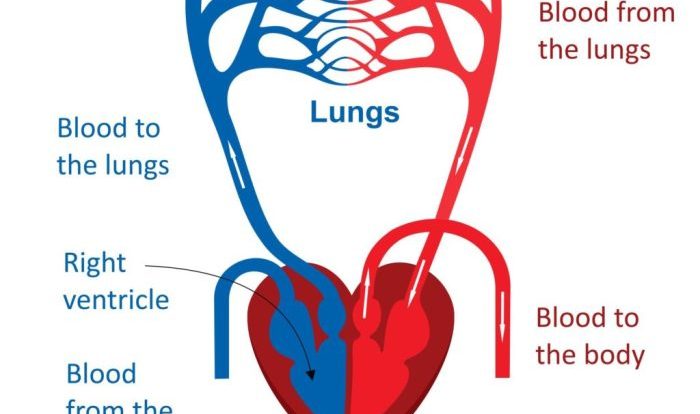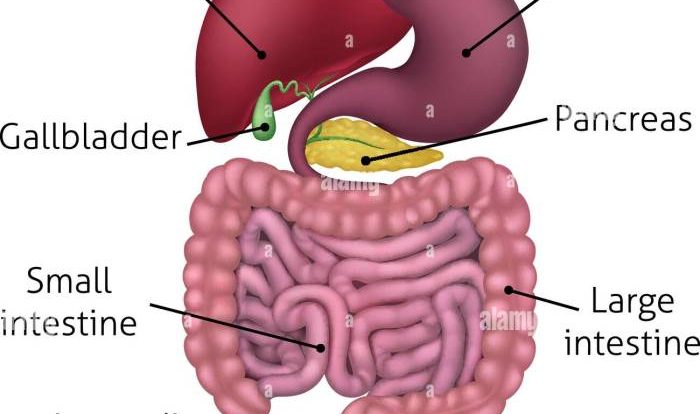Symbiosis Practice Worksheet Answers Key opens the door to the fascinating world of symbiotic relationships, where organisms interact in intricate and mutually beneficial ways. This comprehensive guide provides a detailed answer key for the symbiosis practice worksheet, offering a deeper understanding of the concepts and principles that govern these dynamic partnerships.
Delving into the realm of symbiosis, we explore the different types of relationships, from mutualism to parasitism, and uncover the ecological and evolutionary implications of these interactions. Through real-world case studies, we examine the factors that influence the success or failure of symbiotic relationships, shedding light on their significance in shaping ecosystems and driving biodiversity.
1. Symbiosis Definition and Concepts
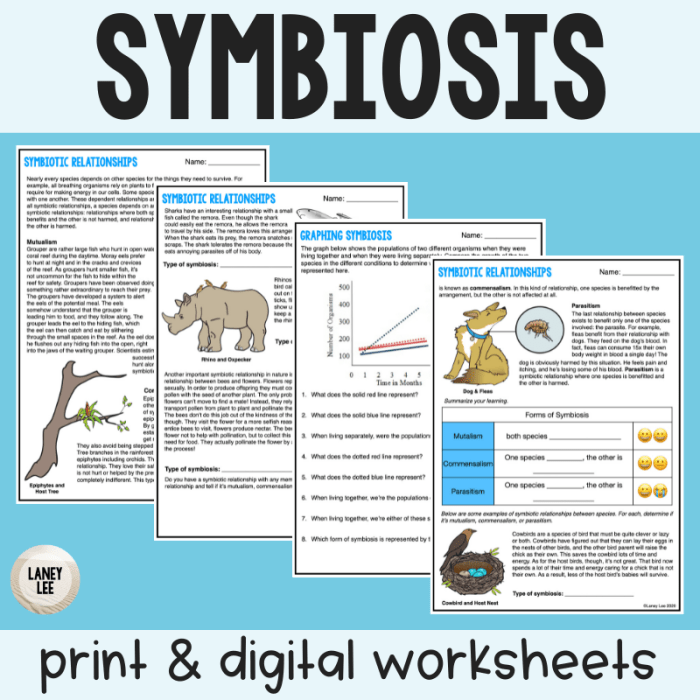
Symbiosis refers to close and long-term interactions between different species. These relationships can be classified into three main types: mutualism, commensalism, and parasitism.
In mutualism, both species benefit from the association. For example, clownfish and sea anemones engage in a mutualistic relationship where the clownfish provides protection from predators for the sea anemone, while the sea anemone provides shelter and food for the clownfish.
In commensalism, one species benefits while the other is neither harmed nor benefited. For instance, barnacles attach themselves to the shells of whales, gaining access to food and protection without affecting the whales.
In parasitism, one species (the parasite) benefits at the expense of the other (the host). Parasites can live inside or outside the host, extracting nutrients and potentially causing harm.
2. Symbiosis Practice Worksheet: Symbiosis Practice Worksheet Answers Key
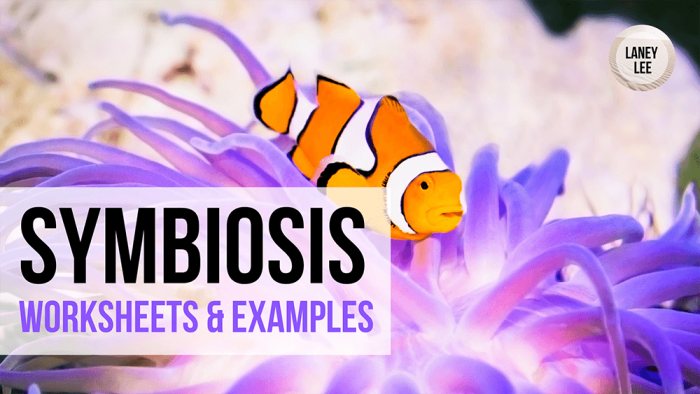
The symbiosis practice worksheet provides examples of different symbiotic relationships in nature. By analyzing the worksheet, students can identify the types of symbiosis described and understand the key concepts and principles related to symbiosis.
3. Symbiosis Answer Key
The symbiosis answer key provides detailed explanations for the answers to the symbiosis practice worksheet. It explains the rationale behind each answer and discusses any additional insights or observations from the worksheet.
4. Symbiosis Case Studies
Real-world case studies of symbiotic relationships can provide valuable insights into the factors that influence the success or failure of these relationships. By examining case studies, students can gain a deeper understanding of the ecological and evolutionary implications of symbiosis.
5. Symbiosis in Human Society
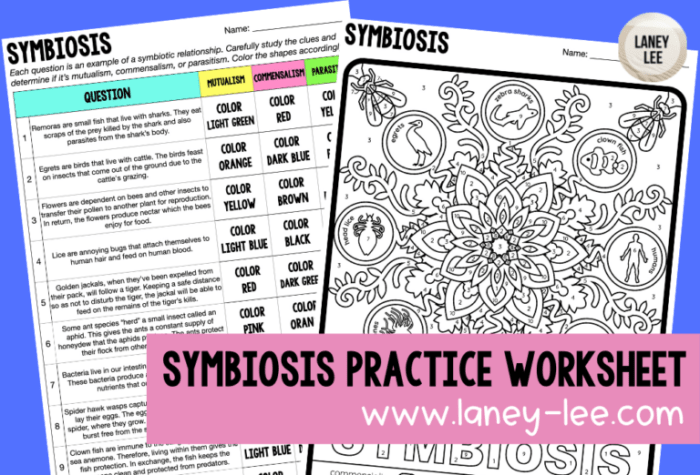
The concept of symbiosis can also be applied to human society. Examples of symbiotic relationships between humans and other organisms include the mutualistic relationship between humans and bacteria in the human gut, and the commensalistic relationship between humans and houseflies.
Exploring symbiosis in human society can lead to discussions about the ethical and societal implications of human-symbiosis.
Essential Questionnaire
What is the definition of symbiosis?
Symbiosis refers to the close and long-term interaction between two or more different species, where at least one species benefits from the association.
What are the different types of symbiotic relationships?
Symbiotic relationships can be categorized into three main types: mutualism (both species benefit), commensalism (one species benefits while the other is unaffected), and parasitism (one species benefits at the expense of the other).
What are some examples of symbiotic relationships in nature?
Examples of symbiotic relationships include the mutualistic association between clownfish and sea anemones, the commensalistic relationship between barnacles and whales, and the parasitic relationship between tapeworms and humans.
